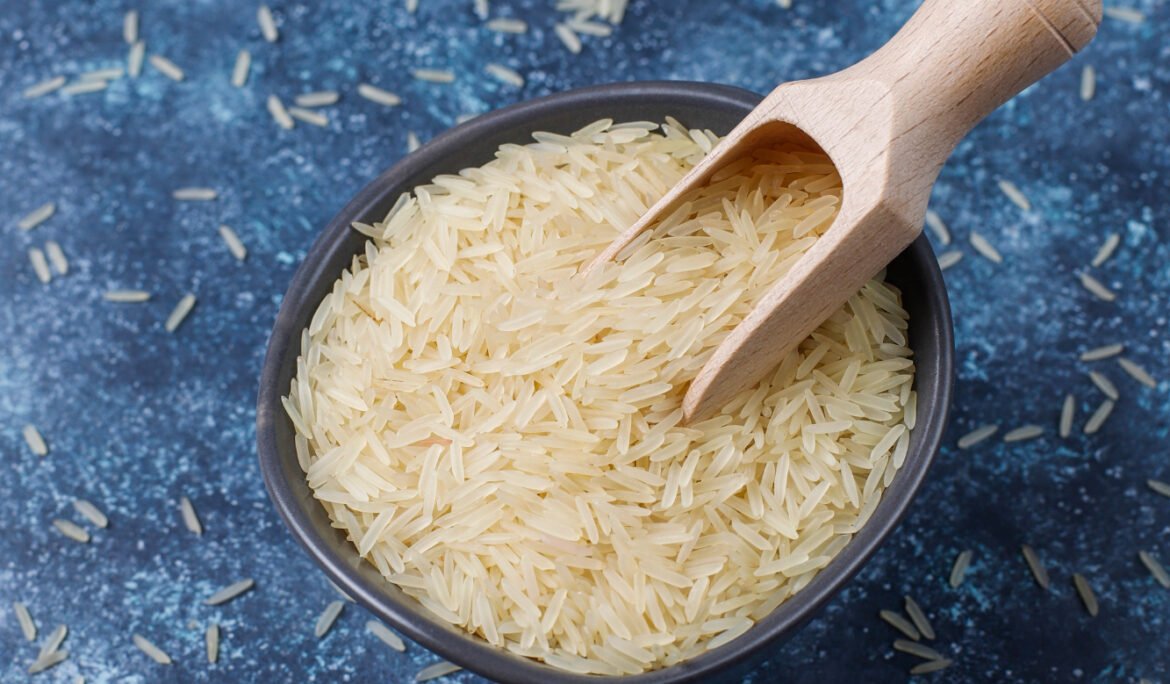Discover the Origins, Varieties, Health Benefits, and Perfect Cooking Tips for Basmati Rice
Basmati rice is a premium long-grain aromatic rice renowned for its distinctive fragrance, fluffy texture, and nutty flavor. Originating from the foothills of the Himalayas in the Indian subcontinent, it holds a special place in Indian, Pakistani, and South Asian culinary traditions. The name “Basmati” derives from the Sanskrit word vasmati, meaning “fragrant” or “aromatic,” which perfectly describes this exquisite grain.
What Makes Basmati Rice Unique?
Basmati rice grains are long, slender, and translucent with a length-to-breadth ratio of at least 3:1, which sets them apart from other rice varieties. When cooked, the grains elongate to nearly double their original length without becoming sticky, resulting in a light, fluffy texture ideal for biryanis, pilafs, and curries. Its intense aroma and delicate nutty flavor enhance any dish, making it a favorite worldwide.
Types of Basmati Rice
Basmati rice comes in several varieties, each with unique characteristics:
| Variety | Description | Ideal Use |
|---|---|---|
| Traditional Basmati | Aged 1-2 years for enhanced aroma and flavor; long, slender grains with a robust nutty taste. | Biryani, pilaf, special occasions |
| White Basmati | Polished version with outer husk and bran removed; cooks faster with a mild flavor. | Everyday cooking, side dishes |
| Brown Basmati | Whole grain retaining bran layer; chewier texture with higher fiber and nutrients. | Health-conscious meals |
| Aromatic Basmati | Includes types like Kashmiri and Dehraduni; prized for intense fragrance. | Gourmet dishes, festive meals |
These varieties reflect the rich heritage and cultivation practices mainly in northern India and Pakistan, where fertile soils and Himalayan river waters contribute to the rice’s unique qualities.
Health Benefits of Basmati Rice
Basmati rice is not only delicious but also offers several health benefits:
- Low Glycemic Index: Helps regulate blood sugar levels, making it suitable for diabetics.
- Rich in Fiber: Especially brown basmati, which aids digestion and promotes heart health.
- Gluten-Free: Safe for those with gluten intolerance.
- Contains Essential Nutrients: Such as B vitamins, iron, and magnesium, especially in less processed forms.
How to Cook Perfect Basmati Rice
Cooking basmati rice to perfection involves a few simple steps to retain its fluffy texture and aroma:
- Rinse thoroughly under cold water until the water runs clear to remove excess starch.
- Soak the rice for 30-60 minutes to soften grains (optional but recommended).
- Drain and add rice to boiling water with a pinch of salt.
- Cover tightly (using foil and lid) and cook on low heat for about 15 minutes.
- Let it steam off the heat for 5 minutes before fluffing with a fork.
This method ensures each grain remains separate and fluffy, ideal for accompanying curries or making biryanis.
Why Choose Basmati Rice?
Basmati rice’s unique aroma, texture, and flavor elevate everyday meals into culinary delights. Its versatility allows it to be served plain, flavored with spices like saffron or turmeric, or as the base for complex dishes. The global demand for basmati rice continues to grow, reflecting its status as a premium grain cherished by chefs and home cooks alike.
Incorporating basmati rice into your kitchen repertoire not only enriches your meals but also connects you to centuries of tradition and culture from the Indian subcontinent. Whether you prefer the classic aged basmati for special occasions or the quick-cooking white basmati for daily use, this aromatic grain promises a delightful culinary experience every time.

